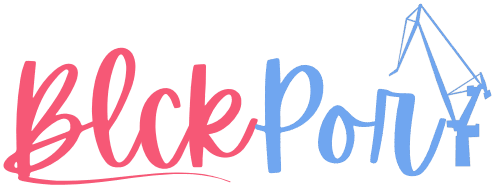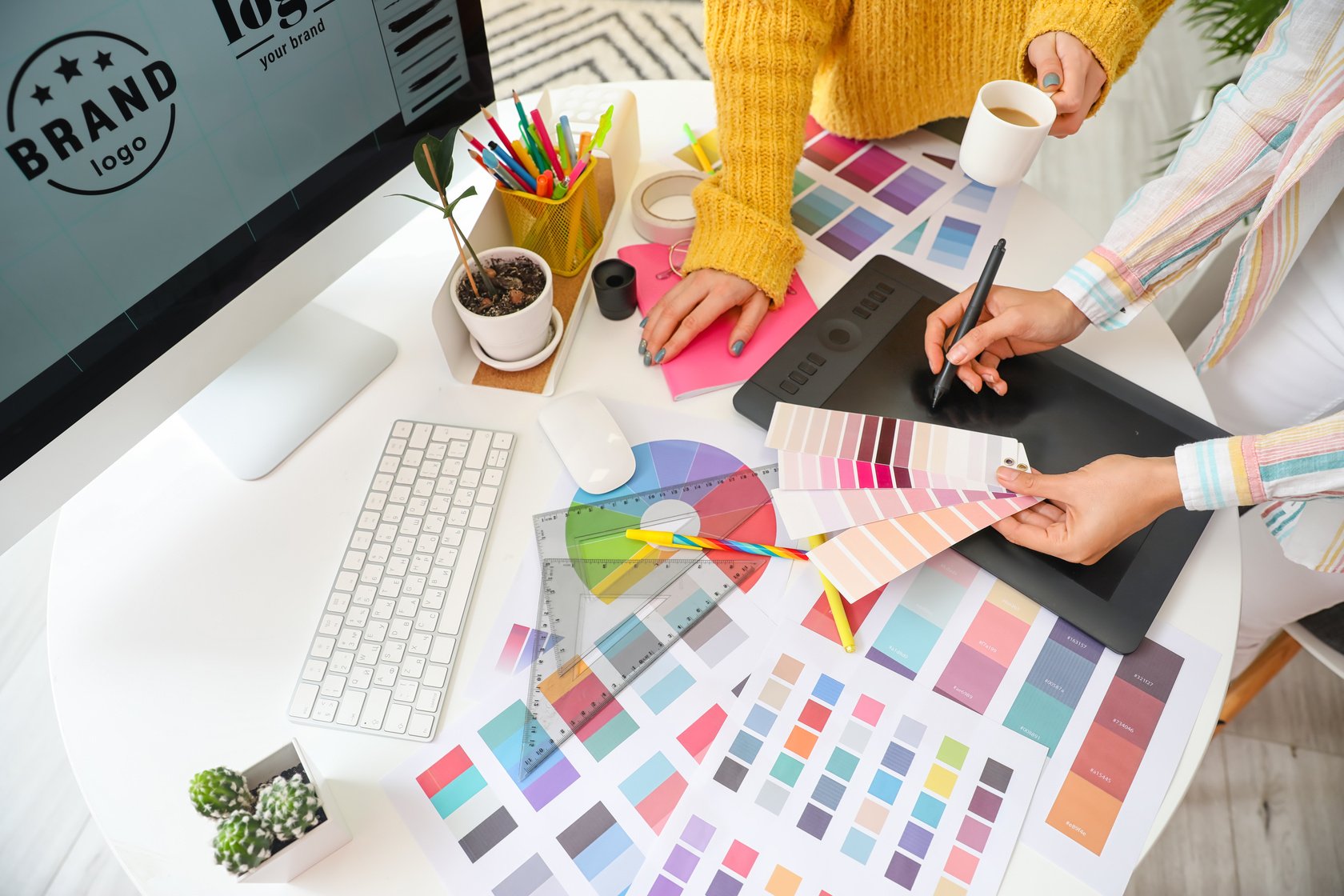Graphic design refers to the process in creating visually appealing content in order to convey concepts. For example, whether creating packaging for a product or social media posts graphic designers employ the use of color, texture as well as typography to create striking designs that captivate the eye and communicate an idea.
The most common misconception is the notion that design for graphic purposes is only about aesthetics. While aesthetics are essential graphic design covers many other aspects.
Find out more:
- The fundamental components of graphic design
- The distinction of graphic design from UX design
- What are the skills that a graphic designer requires?
- Five different graphic design types
- Graphic design tools
The Most important aspects of design
Graphic design: is a combination of several components that are used in conjunction to create a visual appeal. The most significant elements of graphic design are:
Color: The appropriate colors can create a unified and powerful design that stirs emotions and clearly conveys a message.
Texture: Texture adds dimension and alters the overall appearance and feel of designs.
Typography: Text. The usage of words such as the font, size, weight and arrangement improves readability and boosts the design’s aesthetic appeal.
Line: No matter if it’s straight, curving or thin lines are the core in graphic design. Lines form patterns and define spaces to direct the eye of a viewer.
Shape: Lines can be geometric or free-flowing shapes that depict objects, create contrast, and establish a visual distinctions.
Space: Space (empty spaces) as well as positive spaces (areas full of designs) help to create equilibrium and naturally draw the viewer’s attention to the most important aspects.
Balance: Balance is the term used to describe the distribution of weight that is visible in an image, which creates the impression of stability. This is achieved with the use of symmetrical balance (mirroring parts) or the asymmetrical balance (variations in color, size as well as texture).
Harmony: Harmony creates a cohesive visual identity that ensures all the elements of the design have characteristics that allow users to comprehend the message you are trying to convey.
What is what is the distinction between graphic as well as UX Design?
Graphic design as well as UX and UI design are akin to each other and have many basic principles. Both professions convey ideas visually using elements like layouts and colors and that reference the principles of design such as hierarchy and contrast and add to the overall look and feel of a brand or product. Graphic designs and UX design have distinct objectives.
Graphic design focuses on conveying ideas using aesthetics and images. Graphic designers think about the theory of color typefaces, white spaces and composition in order to design designs that successfully draw and keep a viewers’ focus. This applies to static images for logos, print media as well as editorial designs and marketing materials.
Let’s suppose a travel company is launching an email campaign promoting discounted destinations. Graphic designers could create the banner in the upper right-hand corner of email with high-quality images of holiday destinations, and use typography to emphasize the offer and draw the attention of customers.
UX as well as UI design is focused on the user experience with an interface or product. UX designers think about the complete interaction between users and the product to make sure it is functional and enjoyable. They consider accessibility, usability Information architecture and accessibility, as well as responsiveness in addition to user studies, make sure that their designs can be adapted to various screens, meet the needs of a user and are a good fit for anyone.
Referring to the Expedia example In light of the Expedia example, a UI designer could focus on improving the application to show off discounted destinations. This might include implementing an option for searching that allows customers to find discounted trips without having to look through all options or creating an automated push notification system which alerts users to special promotions and discounts.
Graphic design as well as UX design are two distinct fields however, they may overlap. Graphic designers may have basic UX/UI abilities, while some web designers have graphic design expertise. In some instances, companies might combine the two roles. For large projects the committed web development team could work in tandem with graphic designers in order to keep the same visual identity throughout the entire project, which ensures an easy transition between design and the development phase.
What kind of skills do graphic designers require?
Graphic designers have many different hats, from creating striking logos to memorable color palettes. Here are some of the tasks and skills that are required in graphic design.
Five kinds of graphics
Graphic design combines several disciplines. Here are a few of the most commonly used forms in graphic design.
Type 1 The concept of branding and visual identity
The graphic design focuses on establishing an overall visual identity for a product, brand or service. The aim is to create a consistent and coherent branding across different platforms as well as media.
A distinctive visual brand identity consists of the following elements:
- Logos
- Font size and typography
- Imagery
- Illustrations and icons
- Brand color palette
- Brand guidelines
Take Dropbox for instance. Dropbox effectively conveys a sense ease and convenience through focusing its attention on the simple nature of its cloud-based storage service. The open box logo represents its primary function, and its consistent utilization of the blue color in the color palette of Dropbox is a reliable and trustworthy image.
Graphic designers will include these elements in the Brand style guidelines and design guidelines to ensure that all designers are aware of how to utilize different elements of a brand.
Type 2: Marketing design
Design for advertising and marketing creates visuals to promote a item or service. The design assets communicate an advertising message and promote the user to participate.
Marketing design includes creating visual assets for:
- Email campaigns.
- Social media campaigns.
- Online ads.
- Website assets.
- Print ads.
- Newsletters.
- Posters.
If a company is launching an innovative program, the graphic artist is a crucial part of designing promotional materials. For instance, they could make stunning website banners that incorporate text and graphics to show off the software’s main attributes. They could also design several layouts to accommodate different stages of an email campaign including teasers to increase anticipation, announcements about the launch to draw users in or offer free trials to encourage signing up. The emails contain elements like images of the product, attractive illustrations and clearly-defined CTAs to encourage users to engage in a specific action.
Type 3: Publication design
Publication design is about the layout and the visual elements in printed publications like magazines, newspapers and books. Graphic designers emphasize the layout and ensure harmony, balance and white space to readers navigate through the text. They also pick the right fonts and text sizes to ensure that the text is read and create stunning visuals that compliment the written content.
National Geographic is a classic illustration of a great design for a magazine. It employs striking photography that captures essence of its narratives, immersing readers in a variety of experiences. The story weaves texts and images seamlessly by using captions, sidebars and infographics to enhance the story and provide further information to readers.
Type 4: Illustration
Illustration design utilizes hand-drawn methods as well as digital tools to translate an idea or story in a visual. Designers look at visual identity to produce illustrations that precisely communicate the brand’s style and message. They could illustrate people, objects or scenes to give the character of websites, social media content or books.
The app for mental health Headspace features illustrations of zany characters across its app, website and content, reflecting their emphasis on sleep, meditation and well-being for the mind. Their illustrations convey a variety of emotions, allowing users to connect with the characters and feel connected to the content.
Type 5: Packaging design
Packaging for products is an essential element of marketing a product, since it influences buying decisions and helps differentiate the product from its other products. Graphic designers utilize images, colors and typography to increase the overall design and appearance of packaging, while using design elements, branding and hierarchy in order to present the most important information about the product.
Personal brand of care Dove offers a simple packaging design that speaks to its focus towards self-care, beauty and wellness. It employs soft colors such as white blue, white along with beige to invoke feelings of relaxation and calm. It also provides product names and useful ingredients using fonts that are simple to read and distinguish visually. Sometimes, it uses images like floral images to emphasize the connection to the usage from natural components.




